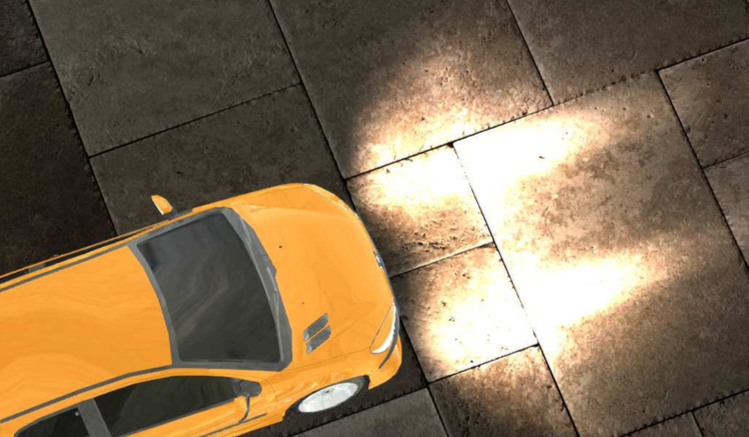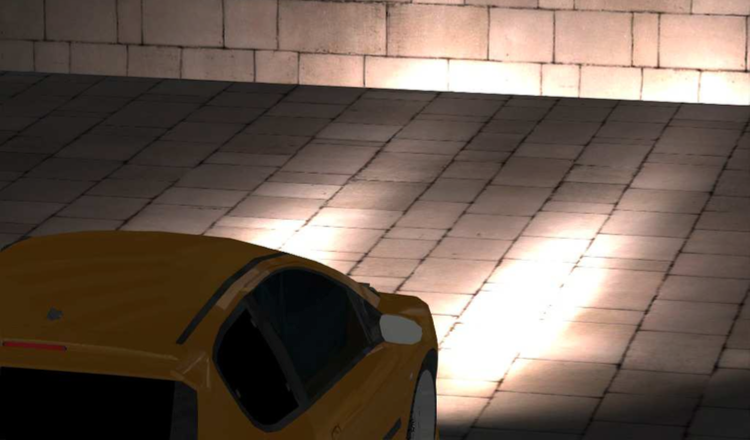Section: New Results
Analysis and Simulation
Importance Sampling of Realistic Light Sources
Realistic images can be rendered by simulating light transport with Monte Carlo methods. The possibility to use realistic light sources for synthesizing images greatly contributes to their physical realism. Among existing models, the ones based on environment maps and light fields are attractive due to their ability to capture faithfully the far-field and near-field effects as well as their possibility of being acquired directly. Since acquired light sources have arbitrary frequencies and possibly high dimensions (4D), using such light sources for realistic rendering leads to performance problems. We have investigated [12] how to balance the accuracy of the representation and the efficiency of the simulation (cf. Figure 9 ). The work relies on generating high quality samples from the input light sources for unbiased Monte Carlo estimation [74] . This is a foundation work that has leaded to new sampling techniques for physically-based rendering with time-varying environment lighting [73] and light field light sources. The results show that physically accurate rendering with realistic light sources can be achieved in real time.
|
Frequency Analysis of Light Scattering and Absorption
We have proposed [14] an innovative analysis of absorption and scattering of local light fields in the Fourier domain, and derived the corresponding set of operators on the covariance matrix of the power spectrum of the light field. This analysis brings an efficient prediction tool for the behavior of light along a light path in participating media. We leverage this analysis to derive proper frequency prediction metrics in 3D by combining per-light path information in the volume. Our key contribution is to show that analyzing local light fields in the Fourier domain reveals the consistency of illumination in such media, and provides a set of simple and useful rules to be used to accelerate existing global illumination methods.




